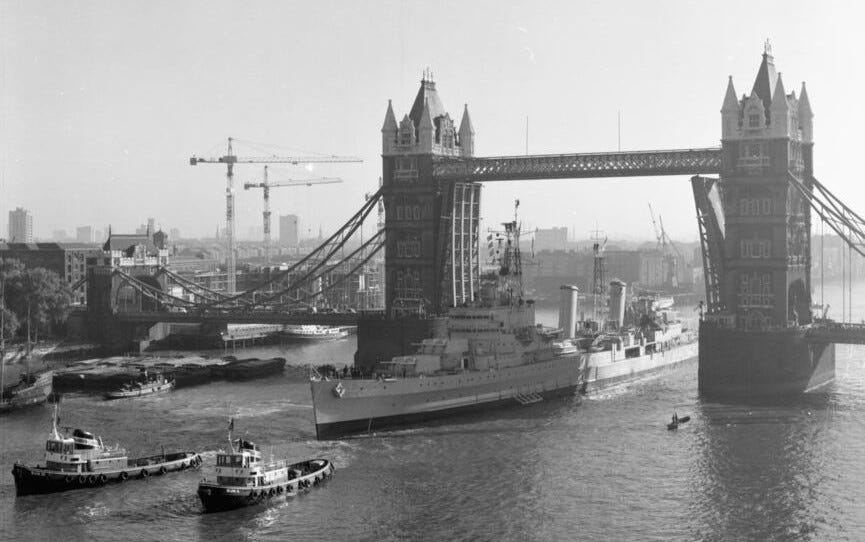A Brief History Of HMS Belfast
Reading the new book by naval history podcaster Drachinifel
Naval History Magazine, a publication of the Naval Institute Press, has just released a 92-page special edition authored by Alexander Pocklington, better known by his nom-de-podcast Drachinifel. Anyone familiar with his voice through his naval and maritime history and engineering v…
Keep reading with a 7-day free trial
Subscribe to Polemology Positions to keep reading this post and get 7 days of free access to the full post archives.


